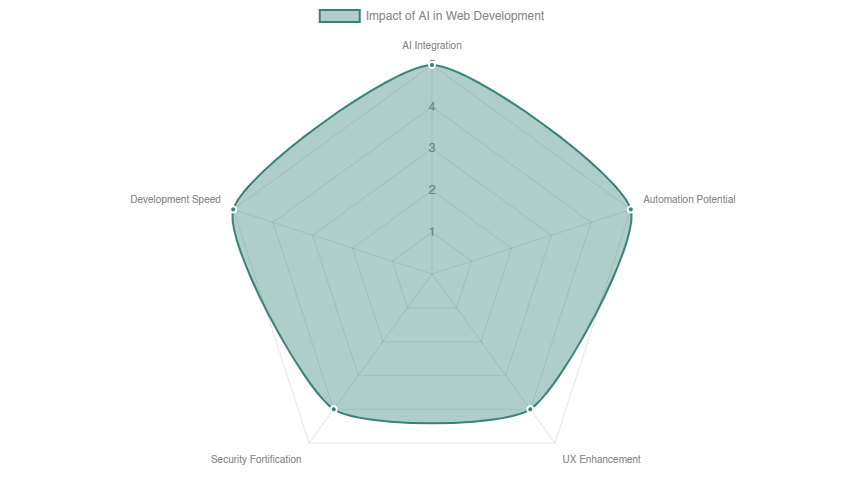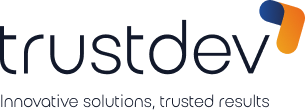
How AI Is Transforming Web Development in 2025
Artificial Intelligence is not just influencing but fundamentally reshaping web development in 2025. It’s evolving from a supportive tool to an indispensable part of the entire development lifecycle, driving efficiency, fostering creativity, and enabling unprecedented levels of personalization. This section explores how AI is redefining how websites and applications are built, tested, and maintained.
AI-Powered Design and Prototyping
AI-enabled design tools are revolutionizing the initial stages of web development. These tools can analyze user behavior and preferences to generate tailored web layouts and prototypes, suggesting optimal UI components and color schemes that enhance usability and accessibility. Designers are leveraging AI assistants to accelerate mockup creation and iterate more rapidly, significantly enhancing creativity while reducing manual effort. This allows for the swift generation of responsive, accessible user interfaces.
Automated Code Generation and Optimization
One of the most impactful applications of AI in web development is automated code generation. Modern AI tools can now write HTML, CSS, and JavaScript based on natural language prompts or even simple sketches. This capability lowers the barrier to entry for non-technical users and drastically speeds up development cycles. Furthermore, AI-assisted coding helps developers detect and fix errors early in the process, boosting code quality and minimizing debugging time. This streamlines the coding process and optimizes existing applications, cutting development time and reducing errors.
Intelligent Testing and Quality Assurance
AI-driven testing tools are transforming quality assurance by simulating diverse real-world user scenarios and identifying vulnerabilities much faster than traditional methods. Automation frameworks enhanced with machine learning optimize regression testing, performance evaluation, and security audits. This ensures the creation of robust, bug-free web applications that perform well under various conditions, thereby ensuring higher quality and security.
Personalized User Experiences (UX)
AI’s ability to understand and predict user behavior is revolutionizing UX. AI enables web applications to dynamically tailor content, layout, and recommendations based on individual user profiles, behavioral data, and preferences in real-time. This hyper-personalization significantly increases user engagement and conversion rates by delivering highly relevant and unique experiences that resonate deeply with individual users. Predictive analytics powered by AI can even anticipate user needs, offering proactive solutions.
AI-Powered Security and Data Management
As digital threats evolve, AI is becoming an indispensable tool for enhancing cybersecurity in web development and managing large datasets efficiently. AI algorithms can detect and respond to security threats in real-time, identifying anomalous patterns that may indicate a breach. This proactive security stance is crucial for protecting sensitive user data and maintaining the integrity of online platforms. For backend developers, AI excels at processing and analyzing enormous datasets, enabling data-driven decision-making and powering machine learning models.
Chatbots and Virtual Assistants
Advanced AI chatbots and virtual assistants are providing interactive customer support and seamless navigation assistance on websites. These virtual assistants understand natural language, answer queries instantly, and collect feedback to continually improve service quality. Their 24/7 availability and ability to handle multiple conversations simultaneously make them invaluable for improving customer service and engagement, acting as intelligent interfaces for complex processes.
The integration of AI into web development workflows represents a significant competitive advantage in today’s digital landscape. It empowers developers and businesses to build smarter, faster, and more engaging websites, ultimately shaping the future of digital interaction.

The radar chart above illustrates the perceived impact of AI across various facets of web development. It highlights that AI has a profound influence on automation, development speed, and user experience enhancement, while also significantly contributing to security and general integration within web development workflows. Each metric is rated on a scale of 1 to 5, representing the strength of AI’s transformative power in that area as of 2025.


